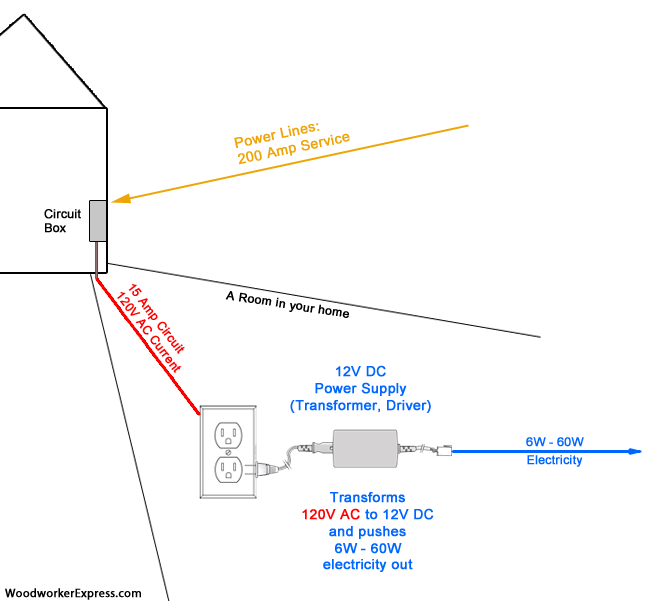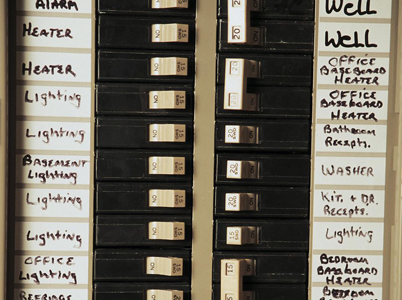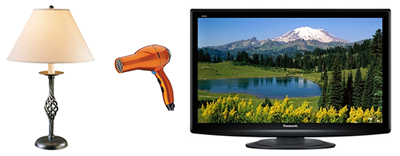-
Cabinet Hinges and Lift Systems
- Concealed Cabinet Hinges
- Semi-Concealed Cabinet Hinges
- Invisible Cabinet Hinges
- Piano Hinges
- Glass Door Cabinet Hinges
- Hinge Mounting Plates
- Hinge Screws and Accessories
- Soft-Close Adapters
- Blum AVENTOS Lift System
- Grass Kinvaro Lift Systems
- Salice Wind Lift Systems
- Lid Supports and Stays
- Hinge Spacers and Wedges
- Hinge Tools and Templates
- Hinge Push Open/Push Close Systems
- Hinge Cover Caps
- Hinge Angle Restriction Clips
- Back to Catalog
- Shop by Brand
- EZ Configurators
- Clearance
-
Cabinet Drawer Slides and Metal Drawer Box Systems
- Side-Mount Drawer Slides
- Undermount Drawer Slides
-
Metal Drawer Box Systems
- Blum MERIVOBOX Metal Drawer System
- Hettich AvanTech YOU Metal Drawer Systems
- Hettich InnoTech Atira Drawer Systems
- Blum LEGRABOX Drawer System
- Blum TANDEMBOX Drawer System
- Blum METABOX Drawer System
- Grass Nova Pro Scala Metal Drawer Box System
- Grass Nova Pro Drawer Systems
- Grass Vionaro Drawer Systems
- Grass Zargen Drawer Systems
- Grass ZBox Drawer Systems
- Drawer Side Blanks
- Back to Catalog
- Shop by Brand
- EZ Configurators
- Clearance
- Center Bottom Mount Drawer Slides
- Epoxy Coated Euro Slides
- Pantry Drawer Slides
- File Cabinet Drawer Slides
- Keyboard & Pencil Drawer Slides
- Pilaster Systems
- Pocket and Flipper Door Slides
- Drawer Slide Accessories
- Back to Catalog
- Shop by Brand
- EZ Configurators
- Clearance
- Shelf Hardware
- Decorative Cabinet Hardware & Accessories
-
Kitchen Cabinet Storage Solutions & Organizers
- Trash Pull-Outs
- Base Cabinet Organizers
- Lazy Susans
- Blind Corner Organizers
- Pantry Pull-Out Organizers
- Base and Wall Cabinet Fillers
- Wood Countertops
- Drawer Inserts
- Spice Racks
- Wood Drawer Systems
- Wood Range Hoods and Ventilators
- Kitchen Storage Pilaster Systems
- Wine Bottle and Stemware Racks
- Cutting Boards
- Under Sink Organizers
- Appliance Garages and Tambour Door Kits
- Sink Tip-Out Trays and Accessories
- Wall Cabinet Organizers
- Plate Display Racks
- Charging Drawer Systems
- Back to Catalog
- Shop by Brand
- EZ Configurators
- Clearance
-
Laminate Sheets and Edgebanding Products
- Nevamar Laminate Sheets
- Pionite Laminate Sheets
- Panolam Laminate Sheets
- Tafisa Laminate Sheets
- 909 Surfaces Laminate Products
- Greenlam Laminate Sheets
- PVC Edgebanding
- Edgebanding Adhesives
- Laminate Caulk and Repair
- Backers
- Contact Adhesives and Accessories
- Tee Moldings and Bumper Edge Systems
- Laminate Lubricants
- Back to Catalog
- Shop by Brand
- EZ Configurators
- Clearance
- Wood Veneer Sheets and Edgebanding
-
Closet and Garage Storage Solutions
- Closet Organizer Sets and Accessories
- Closet Pull-Out Drawers and Trays
- Modular Closet Systems
- Closet Baskets
- Closet Rods and Flanges
- Hampers
- Tie and Belt Racks
- Pants Racks
- Shoe Organizers
- Valet Rods
- Pull Down Closet Rods
- Pull-Out Ironing Boards
- Slatwall and Accessories
- Wall Cabinet Hang Rail Systems
- Closet Extension Hangers
- Drawer Organizer Inserts
- Pull-Out Closet Mirrors
- Closet Storage Boxes and Bags
- Back to Catalog
- Shop by Brand
- EZ Configurators
- Clearance
-
LED Under Cabinet Lighting Products
- LED Flexible Lighting
- Tresco LED Linear Lighting Kits
- LED Puck Lights
- LED Linear Lighting
- LED Tape Lighting
- LED Power Supplies - Drivers - Transformers
- LED Cords and Connectors
- LED Dimmers and Switches
- LED Installation Tools and Accessories
- Infinex Extrusion System
- Back to Catalog
- Shop by Brand
- EZ Configurators
- Clearance
- Drip and Drain Pans
-
Fasteners
-
Screws and Accessories
- Hinge and Drawer Slide Installation Screws
- Decorative Hardware Installation Screws
- Assembly Screws
- Drywall Screws and Anchors
- Euro Screws
- Installation Screws
- Face Frame and Pocket-Hole Screws
- Drawer Front Adjustment Screws
- Confirmat and Connecting Screws
- Screw Cover Caps and Washers
- Back to Catalog
- Shop by Brand
- EZ Configurators
- Clearance
- Brad Nails
- Pin Head Nails
- RTA and System Fittings
- Staples
- Biscuits
- Dowel Rods and Pins
- Panel Assembly Fittings
- Tite Joints and Dog Bones
- Corner Braces and Mending Plates
- Mirror Clips
- Back to Catalog
- Shop by Brand
- EZ Configurators
- Clearance
-
Screws and Accessories
-
Woodworking Shop & Safety Supplies
- Gloves and Hand Protection
- Shims
- Hand Sanitizers and Cleaners
- First Aid
- Cleaning and Janitorial Supplies
- Workshop Supplies
- Protective Clothing
- Protective Eyewear
- Face Protection
- Ear Protection
- Sneeze Guard Acrylic Panels
- Safety Signs, Posters and Labels
- Back to Catalog
- Shop by Brand
- EZ Configurators
- Clearance
-
Abrasives and Finish Room Supplies
- Abrasives and Sanding Supplies
- Paint and Stain Supplies
- Spray Equipment
- Back to Catalog
- Shop by Brand
- EZ Configurators
- Clearance
- Bathroom Hardware and Accessories
- Kitchen Sinks, Faucets and Accessories
- Door Hardware
-
Furniture Hardware and Supplies
- Table Legs and Bases
- Cabinet and Furniture Levelers and Legs
- Cabinet and Furniture Bumpers
- Locks
- Panel Inserts
- Workspace Hardware
- Casters
- Grommets
- Catches and Latches
- Decorative Wood
- Standoff Systems
- Wall Bed Hardware
- Rolling Library Ladder Components
- Table Hardware
- Decorative Wire Mesh Grill Panels
- Bar and Foot Railing and Accessories
- Stair and Window Hardware
- Back to Catalog
- Shop by Brand
- EZ Configurators
- Clearance
-
Woodworking Tools and Equipment
- Machinery
- Hand Tools
- Air and Power Tools
- Laminate Installation Tools
- Multi-Function Work Tables
-
Bits and Cutters
- Boring Bits
- Pocket Hole Cutters and Accessories
- Forstner Bits
- Drill Bits and Stops
-
Router Bits
- Automatic Boring Machine Bits
- Edgeforming Router Bits
- Signmaking Bits
- Solid Surface Bits
- Straight Mortising Bits
- Surface Forming Bits
- Trim Bits
- Cabinet Joinery Router Bits
- Grooving Router Bits
- Profiling Bits
- Spiral and Plastic Cutting Bits
- Replacement Parts
- Back to Catalog
- Shop by Brand
- EZ Configurators
- Clearance
- Spade Bits
- Vix Bits - Self Centering
- Countersink & Counterbores
- Hole Saws
- Plug Cutters
- Shaper Cutters
- Back to Catalog
- Shop by Brand
- EZ Configurators
- Clearance
- Adhesives - Caulks - Wood Fillers
- Material Handling Equipment
- Utility Tapes
- Back to Catalog
- Shop by Brand
- EZ Configurators
- Clearance
- Custom Doors and Drawer Fronts
- Special Sale!
- Literature and Printed Materials
- Back to Catalog
- Shop by Brand
- EZ Configurators
- Clearance
Any order $10 or less, just $4.95 flat rate shipping! Click to see shipping rates | Want a year of FREE shipping? Click to learn about our PRO Membership













 Our constant, for the most part, is that AC outlets receive 120V of AC electricity supplied to them. Some examples of the individual device power needs calculations are:
Our constant, for the most part, is that AC outlets receive 120V of AC electricity supplied to them. Some examples of the individual device power needs calculations are:

 Do Not Sell My Personal Information
Do Not Sell My Personal Information